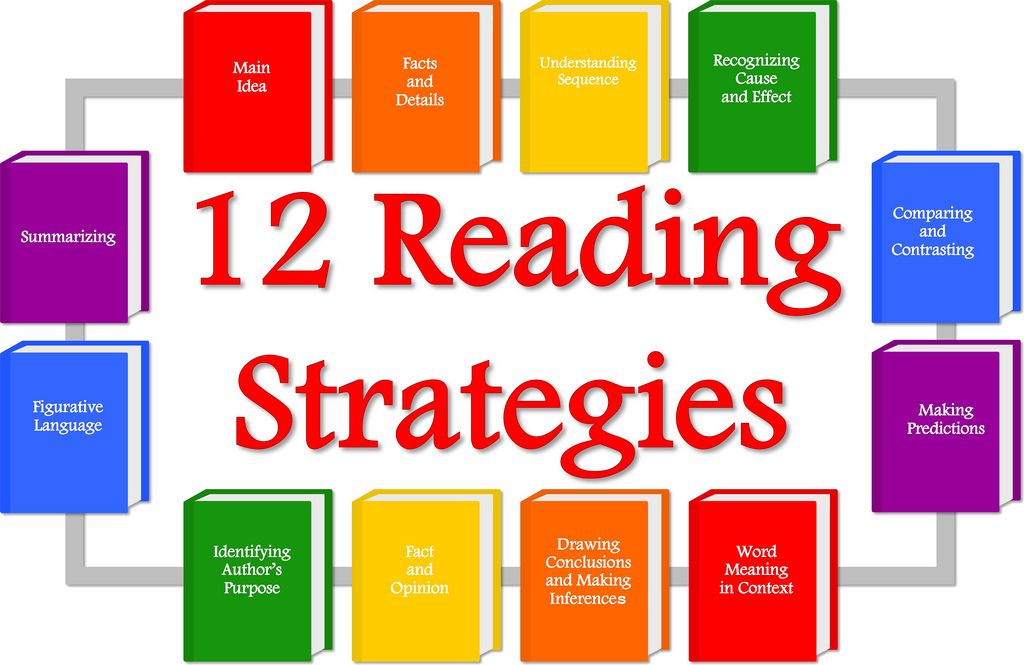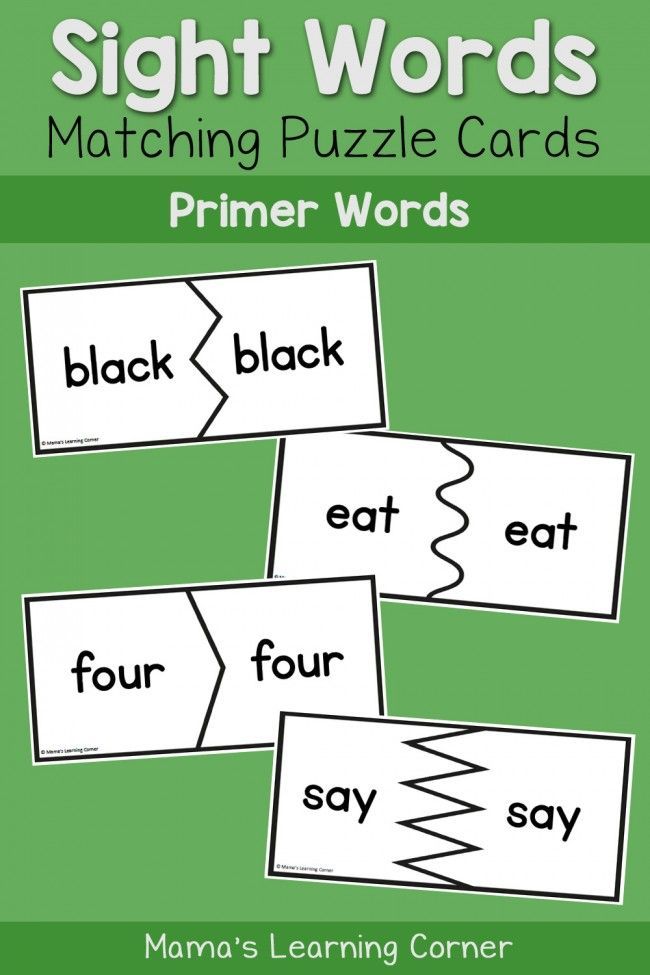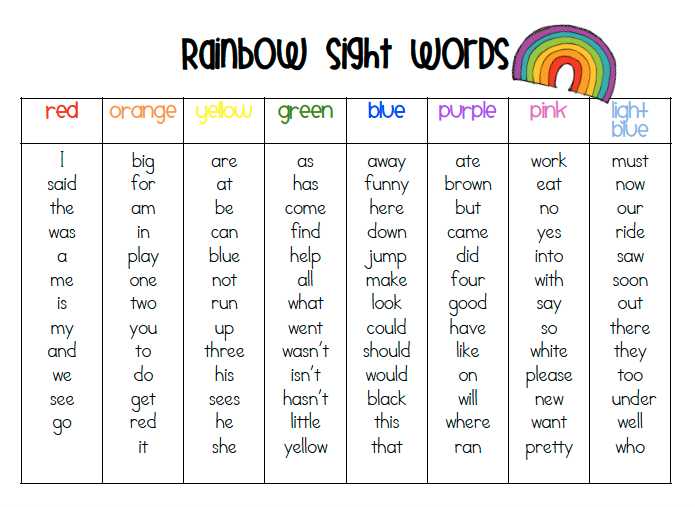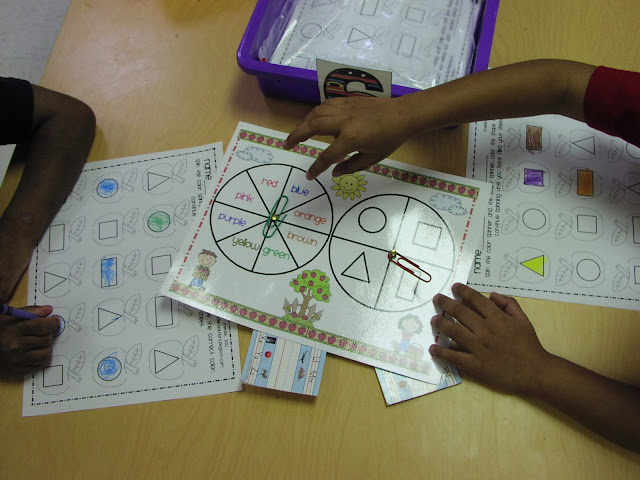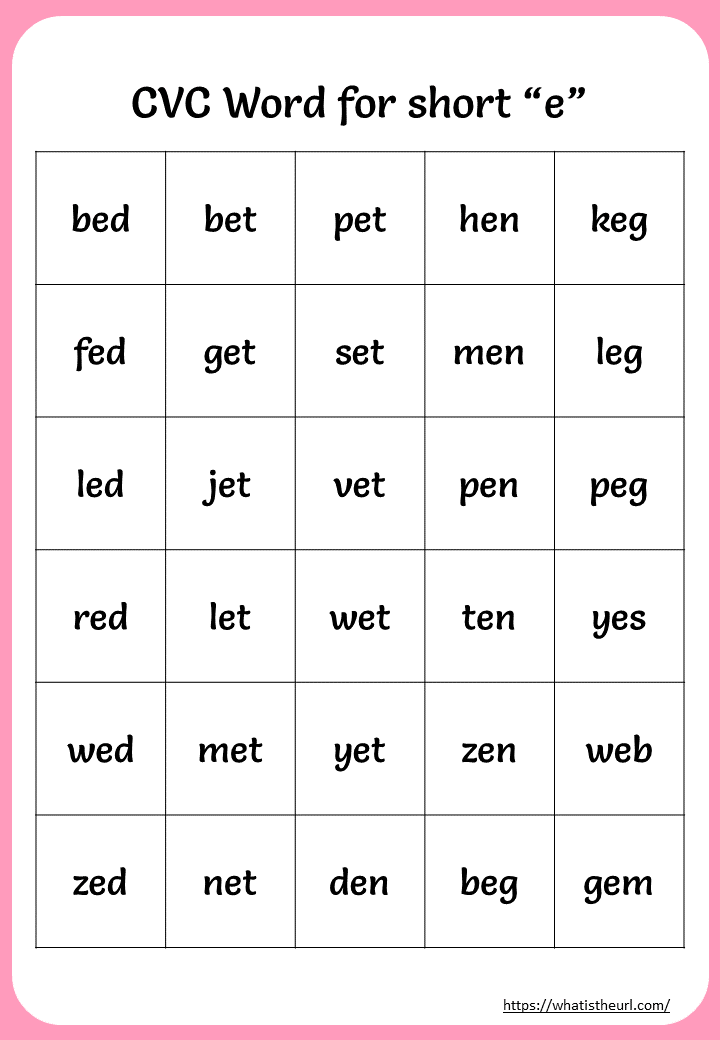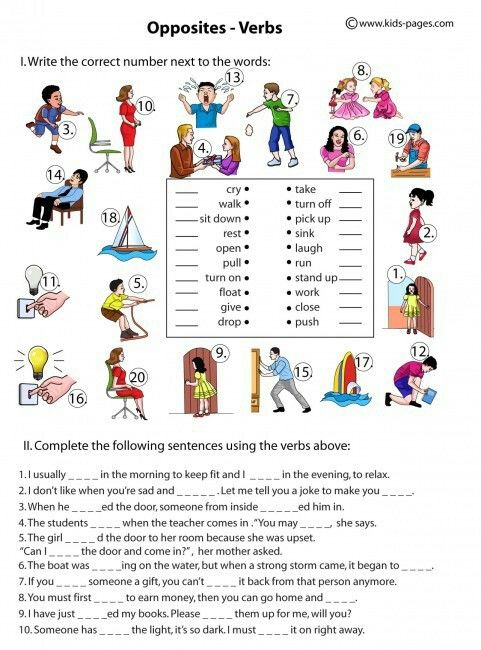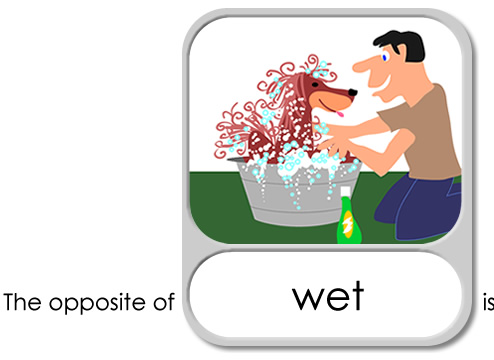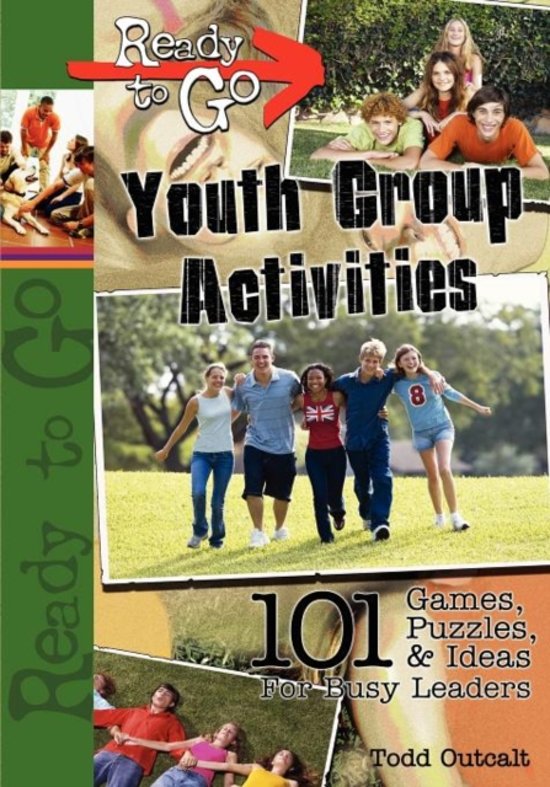Reading strategies and skills
The Difference Between Skills & Strategies
Teaching reading encompasses a wide variety of concepts to cover, especially reading comprehension. Teachers, however, unknowingly take the same approach to many of the concepts when in fact, there are huge differences between many of them. And if I ask you to sort out all of the reading concepts into two categories: skills and strategies, could you do it successfully? Do you know the difference? Let’s talk about the true difference between reading skills and reading strategies!
What you Need to Know about Reading Strategies:
- Students are actively thinking about the ideas in the text if they are going to understand
- Strategies are not about answers, but about actions readers take to remember the text
- Students use reading strategies intentionally to meet a specific goal
- Strategies are not learned by repetition, but from teacher think-alouds or modeling
- Needs to be based on a complex text so students aren’t pretending to practice
- Strategies can become skills overtime
- Strategies are effortful, deliberate, and active involvement
What you Need to Know about Reading Skills:
- Reading skills are typically associated with abilities required to answer comprehension questions
- Skills are more automatic
- Reading skills are usually assessed by a type of question after reading
- Very repetitive, involved practice and feedback
- Actions associated with reading skills are automatic and routine
- Students use a reading skill without even knowing it
- Reading skills are practiced within the same manner across multiple situations
So as you can see, there’s a huge difference in how we should approach teaching reading skills versus teaching strategies.
With strategies, it’s all about the students and what they are bringing to the thinking with the text. With reading skills, it’s about the answer.
Starting to see the different? Maybe this poster will help! Here’s a FREE colorful printable of all the reading skills and strategies sorted!
So what now? We don’t need to run off and change our lesson plans necessarily. However, we do need to be more conscientious about the emphasis we put on reading strategies and the approach we take.
Reading strategies impact students’ reading comprehension growth more than skills alone. It’s worth thinking about!
Want to keep this post for later? Use the pin below!
PrevPreviousStudent Engagement Strategies that Work!
NextTask Cards RevolutionizedNext
You might also like.
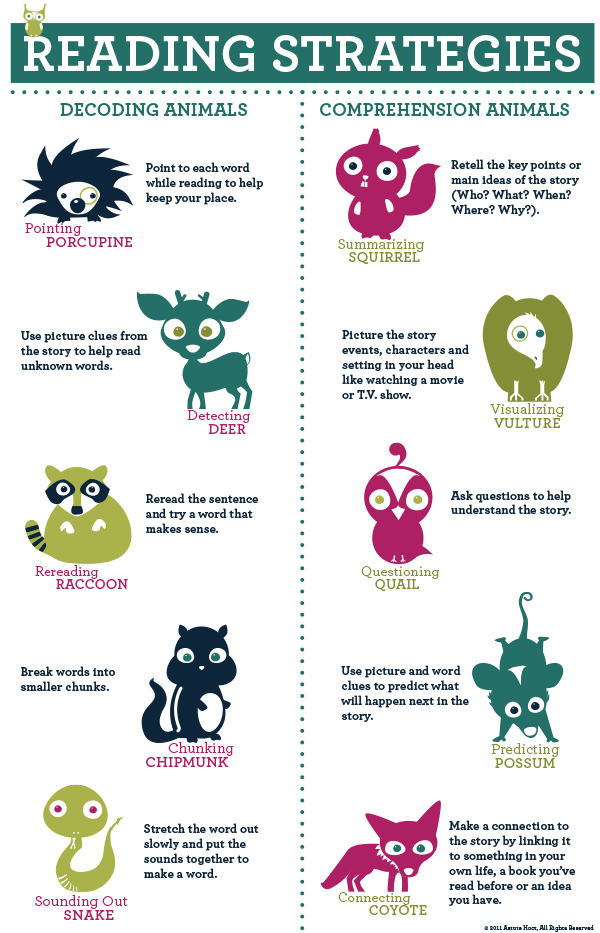 ..
.. Main Idea Mini Lessons
It doesn’t matter what grade you teach, main idea is always on your lesson plans sometime in the year. This reading skill is important as
Read More »
Constructed Response Tips and Tricks
Answering questions about a text is an obvious way to assess a student’s comprehension. Some of those questions will be more surface-level questions and hopefully,
Read More »
Gradual Release Model Overview
Teaching is so much more than standing in front of a group of students and talking, explaining, and reviewing. The way we present the material,
Read More »
I’m a wife, a mommy of 3, blogger, and a full time teacher author and presenter. I love to read, shop, and spend time with my family! My hands are always busy, but my heart is so full!
Find what you need
Newsletter Signup
Teach Comprehension Confidently
and get the results you've always been looking for!
Download your FREE Ultimate Comprehension Toolkit for
- A complete roadmap for teaching comprehension
- Pre-assessments & data sheets to identify student needs
- Engagement strategies, discussion cards, exit tickets, & MORE!
This website uses cookies to improve your experience.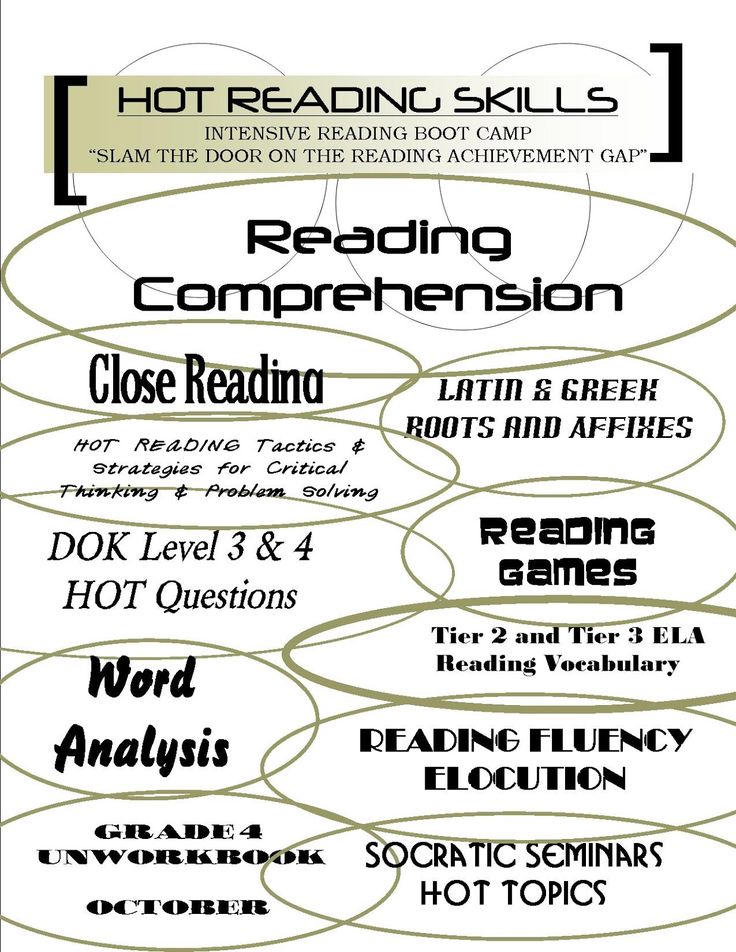 We'll assume you're ok with this, but you can opt-out if you wish. Cookie settingsACCEPT
We'll assume you're ok with this, but you can opt-out if you wish. Cookie settingsACCEPT
Reading Strategy vs. Reading Skill
By Sara Marye Leave a Comment
Let’s take a minute to talk about the difference between reading skills and reading strategies.
If I’m being honest, I’m a little bit lazy with how I use the terms reading strategy and reading skill.
A lot of times I just use both in the same phrase… like when I’m talking about reading strategies and skills anchor charts or graphic organizers…
And maybe my laziness with my usage of these terms stems from me not actually knowing or understanding the difference between them when I first started teaching.
So, let’s talk a little bit about the difference between a reading skill and a reading strategy.These terms get thrown around a lot.
I’m sure you’ve read plenty of blog posts about reading skills and strategies and I’m sure you’ve purchased products on tpt that will help you teach reading skills and strategies.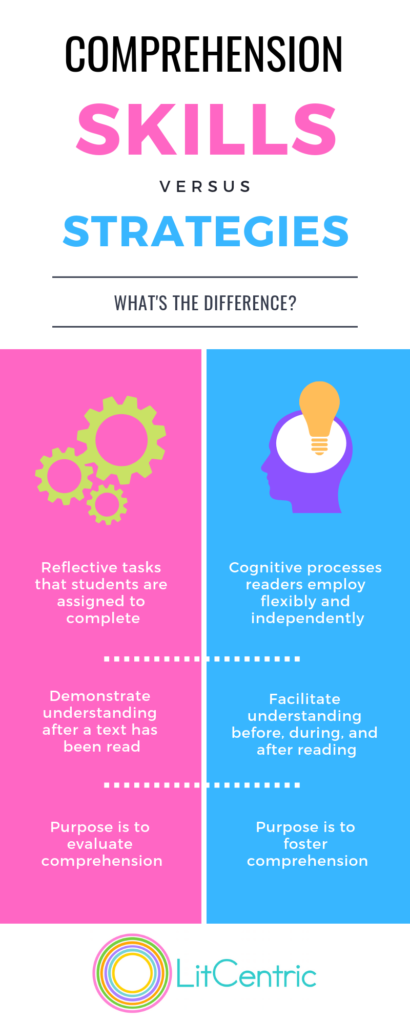
And sometimes I think that we aren’t careful enough with the separation of these terms.
Like I mentioned, I can be lazy at times and use these terms interchangeably, but there is definitely a difference.
A reading skill is WHAT we want our students to do.You probably have a long list of reading skills you want your students to master by the end of the year. Here are some common examples of reading skills you probably have to teach your students in upper elementary.
- Finding the main idea of an informational text.
- Identifying the theme of a story or drama.
- Describing a character’s traits or feelings.
- Summarizing a nonfiction text.
- Determine the meaning of unknown words.
These are all reading skills we want our students to be able to do independently….and automatically. We want our students to know how to do each of those things with little to no hesitation.
They are also the skills that will help your students make progress towards mastering your state standards… as well as ensure they are understanding the texts they are reading.
I want these anchor charts for my students!
A reading strategy is HOW they will accomplish the skill.Before I jump into some examples of what a reading strategy is, there is one thing to keep in mind. The goal of our reading instruction is NOT for students to master a specific strategy… But instead, the goal is for students to use the reading strategies that work for them to work on mastery of the specific skills.
Basically, it doesn’t matter what strategies you teach or which ones your students use. As long as they have a bank of reading strategies they can apply to their independent reading. Now this is both good news and bad news for us as reading teachers.
First there isn’t a set list of reading strategies that you MUST teach, but then that also means we are sometimes wondering what the best reading strategy might be to help our students progress towards mastering a specific skill.
If you’re still a little bit fuzzy on what a reading strategy actually is, let me share a few examples:
- Summarizing Fiction Example: A common reading strategy used to help students summarize fiction is the SWBST strategy.
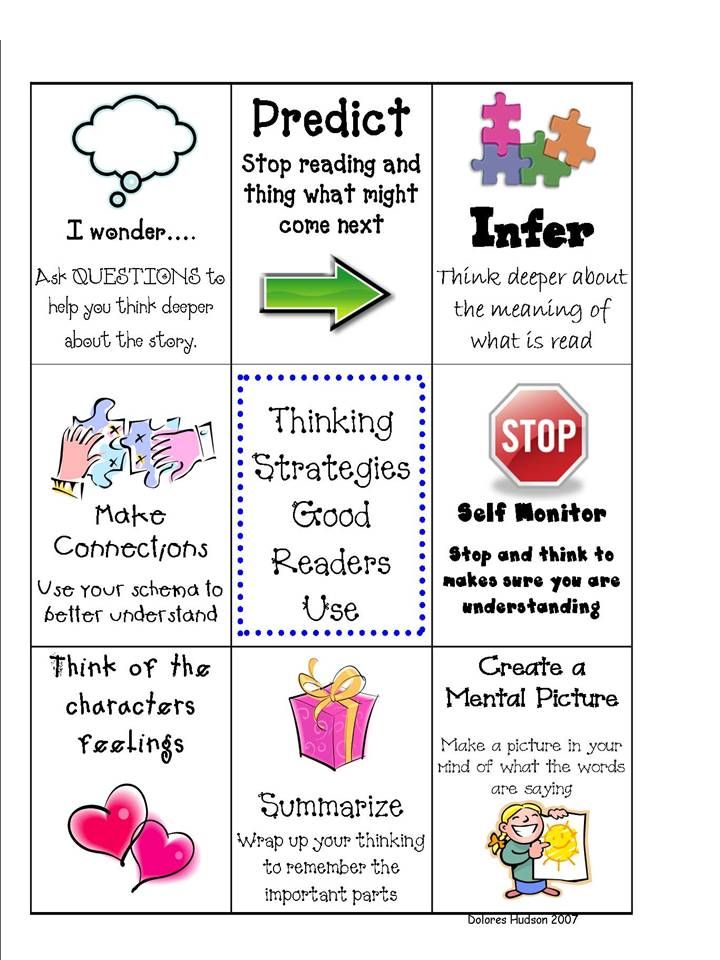 In this strategy students will look for text details to help them identify the Somebody, Wanted, But, So Then part of each story. This reading strategy will help students with the reading skill of being able to summarize a fiction text.
In this strategy students will look for text details to help them identify the Somebody, Wanted, But, So Then part of each story. This reading strategy will help students with the reading skill of being able to summarize a fiction text. SWBST isn’t part of any state standard (that I know of at least) so if your students don’t ever master this strategy that’s ok…. As long as they have other strategies that will help them effectively summarize fiction texts. Maybe your students prefer to use a reading strategy like BME or asking the 5W questions or using a story mountain to help them summarize a fiction text. It doesn’t matter which reading strategy they use, as long as they feel confident in their ability to summarize a fiction text.
- Identifying Nonfiction Text Structure Example: A common reading strategy your students might use to identify the text structure of nonfiction text is to look for specific key words. You might give your students a list of key words for each type of text structure and as they are reading they underline any key word that will help them figure out the text structure….
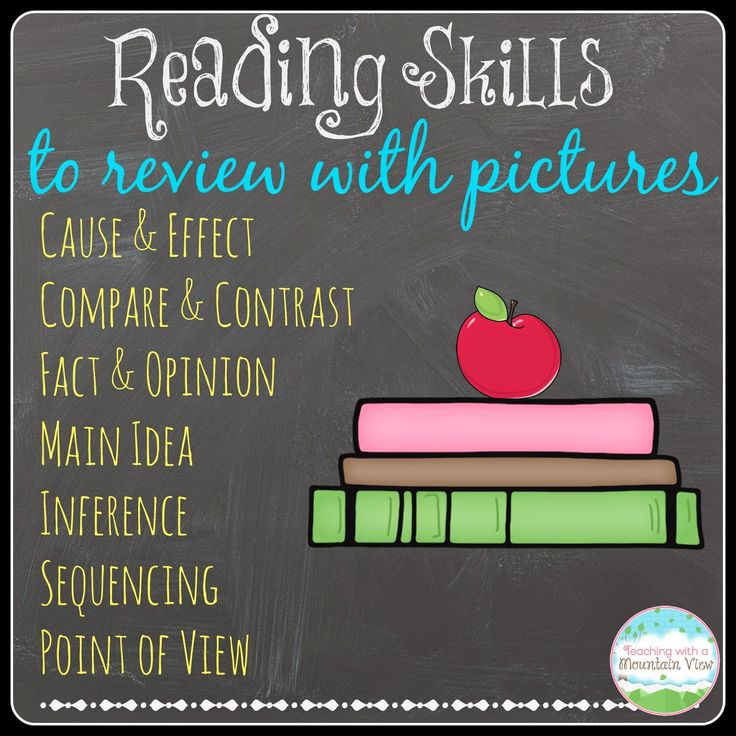 but this isn’t the only strategy to identify text structure.
but this isn’t the only strategy to identify text structure. At the end of the day, your students don’t need to memorize the list of key words for each text structure, they just need to understand and know how to find the text structure… so if they have another strategy that works, it doesn’t matter if they do or don’t know all the key words.
I want these anchor charts for my students!
So at the end of the day…The most important thing to remember is that we want our students to comprehend (and enjoy) the texts they are reading. We also want them to be successful with the reading skills and standards they are required to learn by the end of the year…. but HOW they go about applying those skills is entirely up to them.
We don’t need to stress as much about whether our students can use the SWBST strategy or the TAMKO strategy or if they asked all the 5W questions or if they did a 3-2-1 character analysis. The goal is to offer up possibly strategies students can use and let them decide which ones are the most helpful to their independent reading.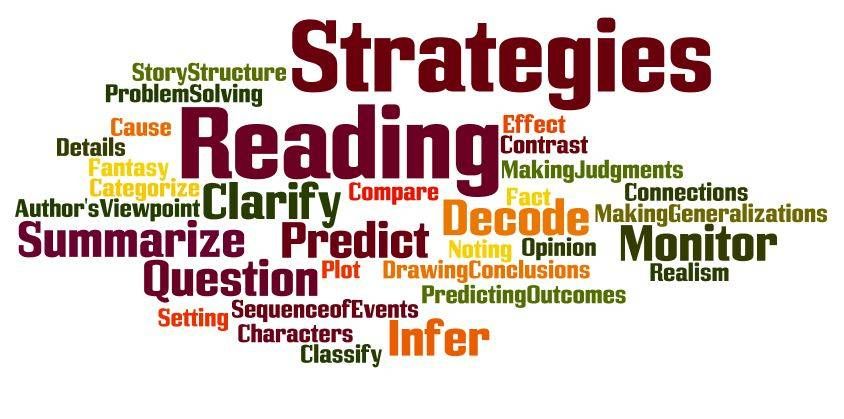
I liked to teach my students a handful of strategies for each skill so they can pick and choose which strategy works the best for them and the text they are reading.
Hopefully this post helps clarify the difference between reading strategies and reading skills. If you want to hear me talk a little bit more about reading strategies and skills and get a few ideas for identifying the main idea of a nonfiction text, check out this podcast episode I recorded awhile back – it also happens to be one of my most popular episodes.
Happy Teaching!
Now, real quick before you go. If you ARE looking for an easy-to-teach strategy that will help your students summarize nonfiction text, you can grab this checklist below. It shares the 6 characteristics and attributes of a nonfiction summary. It might be a reading strategy that will help some of your students summarize nonfiction. I’d love to share it with you.
Buy Now
Buy Now
Buy Now
Filed Under: Comprehension Tagged With: comprehension, reading skill, reading strategy
How to Find the Main Idea: 7 Strategies That Work
Making Inferences: 4 Quick Tips For Elementary Teachers
Want Even More?
You’ll love these related posts!
Reader Interactions
Strategies for developing reading skills - NovaInfo 112
- Tursunova D.Sh.
Uzbek State University of World Languages
Published on January 24, 200017
Section: Pedagogical Sciences
Language: Russian
Views per month: 1
CC: 1
CC BY-NC
Abstract
Inevitably, reading skill is an interactive process in which students construct meaningful representations of text using appropriate reading strategies for themselves. This article defines the term "reading and reading comprehension", explains the types of reading, declares models of the process of reading, sets out theories of reading comprehension, discusses effective strategies for reading comprehension, and mentions the results of students' reading strategies and their reading comprehension.
Keywords
STRATEGIES, THEORIES, MODELS, TYPES, READING UNDERSTANDING
Research paper
Reading comprehension requires the successful expansion and organization of a multitude of lower and higher level processes and skills.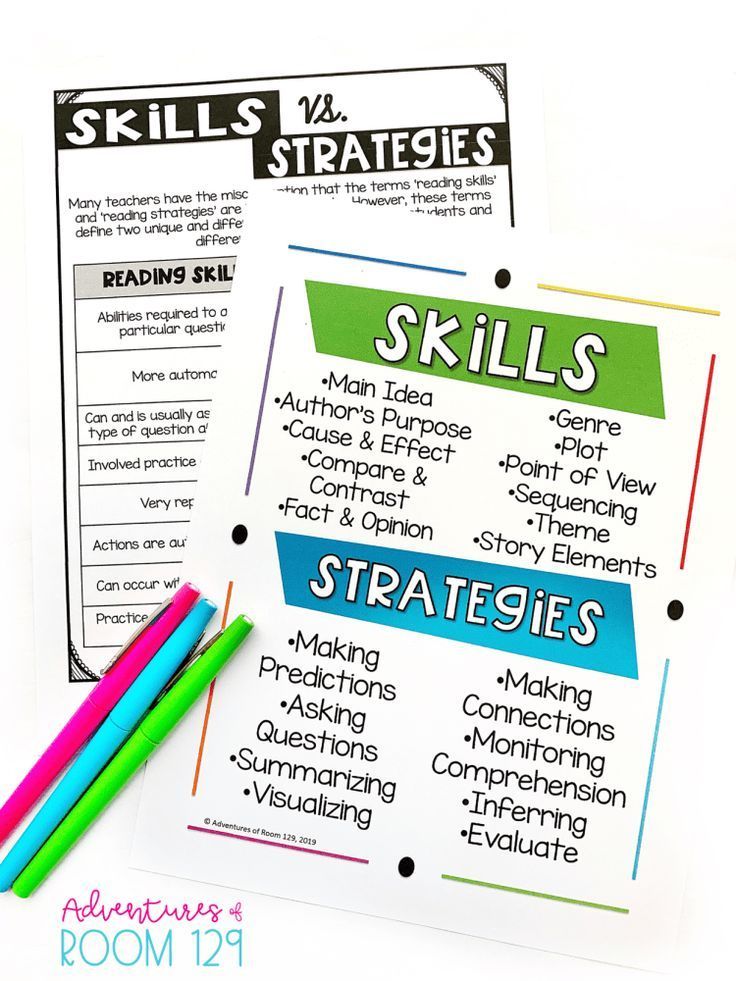 Accordingly, there are many sources of possible impairment of comprehension, and these sources differ depending on the skill level and age of the readers. There are several types of reading that should be known to improve students' reading comprehension. First there are two different types of reading. They are extensive reading and intensive reading. There are different definitions for extensive reading. Hedge (2003) describes this as skimming and scanning, while Hafiz and Tudor (1989) expressed the view that exposing students to a large amount of meaningful and engaging material would have a significant impact on students' second language proficiency.
Accordingly, there are many sources of possible impairment of comprehension, and these sources differ depending on the skill level and age of the readers. There are several types of reading that should be known to improve students' reading comprehension. First there are two different types of reading. They are extensive reading and intensive reading. There are different definitions for extensive reading. Hedge (2003) describes this as skimming and scanning, while Hafiz and Tudor (1989) expressed the view that exposing students to a large amount of meaningful and engaging material would have a significant impact on students' second language proficiency.
Initially used texts tend to be relatively simple so that students can grasp the meaning of unknown words. This is very important because it means that longer texts can be used than would be the case in most classroom environments. Another feature is that the extensive should be an enjoyable experience, as students are free to choose texts on topics they find intriguing.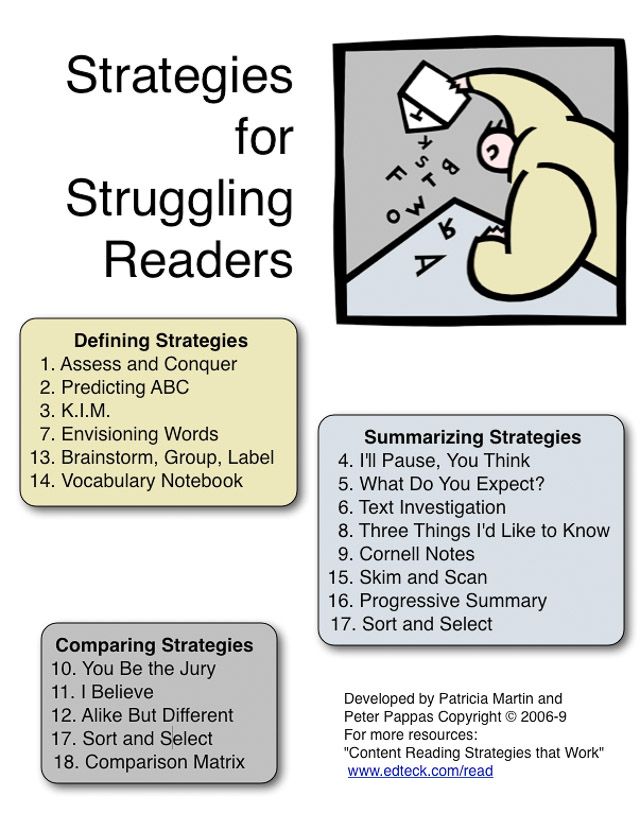 Comprehension checks tend to be kept to a minimum because the process of reading is seen as more important than understanding specific details, and because such checks can cause anxiety and reduce the enjoyment of reading. Extensive reading should be an enjoyable experience, as students are free to choose texts on topics that interest them.
Comprehension checks tend to be kept to a minimum because the process of reading is seen as more important than understanding specific details, and because such checks can cause anxiety and reduce the enjoyment of reading. Extensive reading should be an enjoyable experience, as students are free to choose texts on topics that interest them.
Hedge mentioned enhanced reading as follows: students can master the language, improve their reading skills, become more independent in their learning, learn cultural knowledge, and increase confidence and incentive to continue their learning. (Hedge, 2003). The definition for intensive reading is usually given as the emphasis is on details that support the main points chosen at the skimming level. When the level of comprehension is to be qualitative, reading for memorization or accuracy is done through the structure of the survey and the phrases for reading. This reading includes repeated reading and note-taking, very often followed by a summary.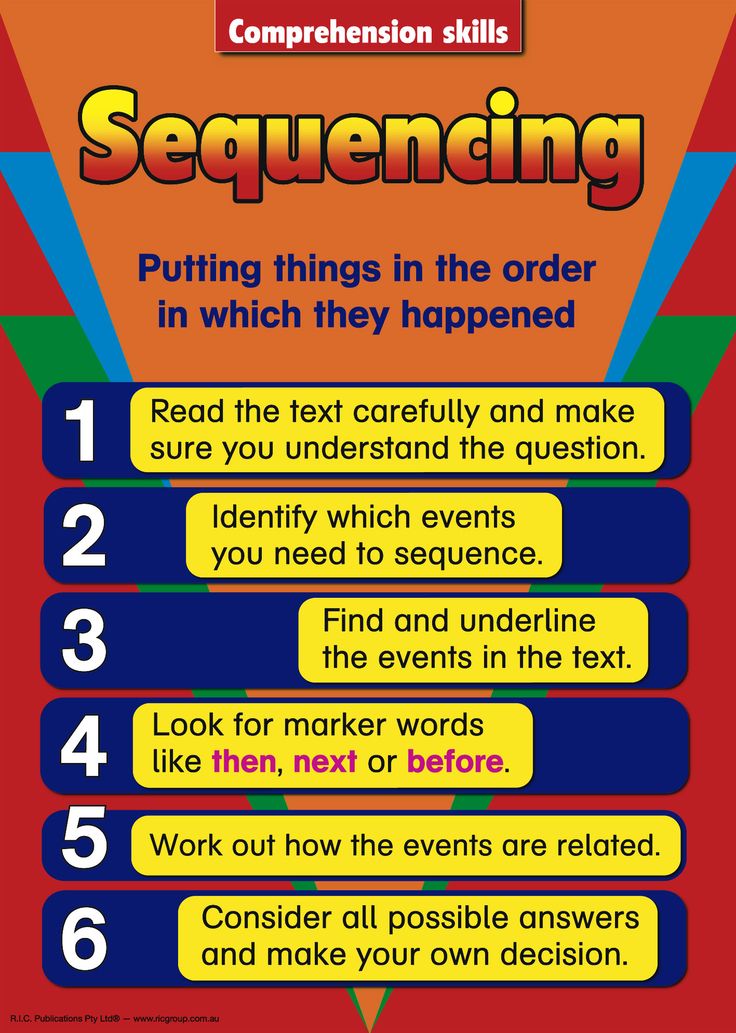 Preparing for the exam requires accurate interpretation of the text, requiring intensive reading skills. Intensive reading includes several types of reading tasks. Comparison - graphs, tables, diagrams with explanations to them. Defining - scientific texts from the genre point of view. Recognition is the relationship between concepts, the relationship between ideas. Since intensive reading is mainly for a scientific text, they are characterized by brevity with concepts related, sometimes dependent on each other. Understanding academic texts is easier if students are familiar with text development techniques, such as cause and effect relationships, examples, definitions, comparisons, and connectors associated with some of them. Science textbooks are heavily illustrated. These visual forms of communication replace verbal communication and must be carefully read and understood.
Preparing for the exam requires accurate interpretation of the text, requiring intensive reading skills. Intensive reading includes several types of reading tasks. Comparison - graphs, tables, diagrams with explanations to them. Defining - scientific texts from the genre point of view. Recognition is the relationship between concepts, the relationship between ideas. Since intensive reading is mainly for a scientific text, they are characterized by brevity with concepts related, sometimes dependent on each other. Understanding academic texts is easier if students are familiar with text development techniques, such as cause and effect relationships, examples, definitions, comparisons, and connectors associated with some of them. Science textbooks are heavily illustrated. These visual forms of communication replace verbal communication and must be carefully read and understood.
There are three types of reading comprehension theories. These are mental representations, content literacy and cognitive processes.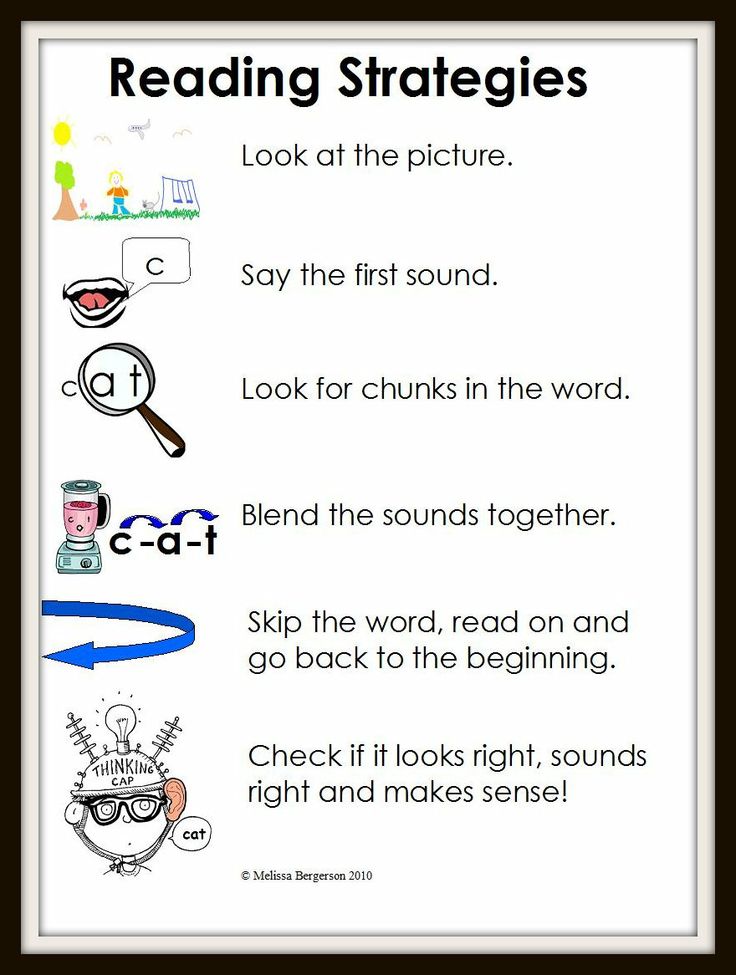 Mental Representations - Van Oostendorp and Goldman (1998) expressed that when a reader reads a text, they can create a mental representation of the text that explains how the reader understands the text. Many studies have confirmed that many levels of representation are involved in the construction of meaning. When a reader reads a text, three different levels of mental representation are created. This is a surface component, a text base and a situation model. When words and phrases, and not the meaning of the words and phrases, are encoded in the mental representation, this is defined as the surface component of the mental representation. The text base indicates the meaning of the text and consists of those parts and relationships that have arisen from the text itself without increasing anything that is not clearly defined in the text. A text base can be made without remembering the exact words or phrases from the text. In a pure text base, the reader applies previous knowledge to create a more refined and coherent mental representation.
Mental Representations - Van Oostendorp and Goldman (1998) expressed that when a reader reads a text, they can create a mental representation of the text that explains how the reader understands the text. Many studies have confirmed that many levels of representation are involved in the construction of meaning. When a reader reads a text, three different levels of mental representation are created. This is a surface component, a text base and a situation model. When words and phrases, and not the meaning of the words and phrases, are encoded in the mental representation, this is defined as the surface component of the mental representation. The text base indicates the meaning of the text and consists of those parts and relationships that have arisen from the text itself without increasing anything that is not clearly defined in the text. A text base can be made without remembering the exact words or phrases from the text. In a pure text base, the reader applies previous knowledge to create a more refined and coherent mental representation.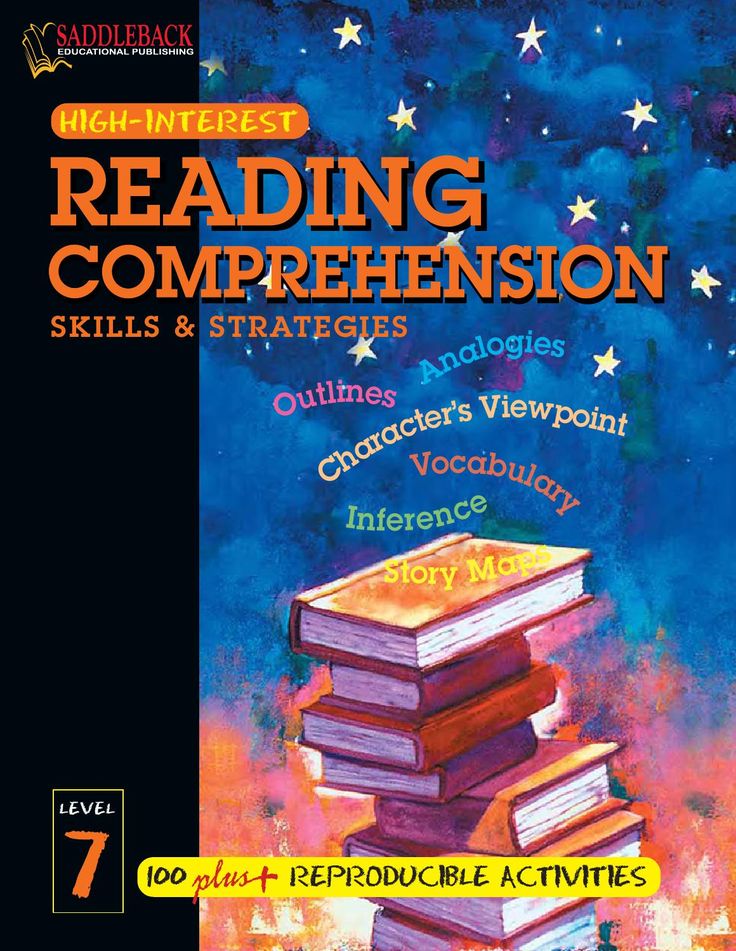 A situational model is a structure that combines a text base and related features of the reader's knowledge. To create a text base, some previous knowledge is required, but this knowledge is more general, which is necessary for decoding texts in general, while previous knowledge in the formation of a situation model is more specific regarding the content of the text.
A situational model is a structure that combines a text base and related features of the reader's knowledge. To create a text base, some previous knowledge is required, but this knowledge is more general, which is necessary for decoding texts in general, while previous knowledge in the formation of a situation model is more specific regarding the content of the text.
Setting reading targets before starting any unknown text forces students to be punctual while reading. Each student sets their own reading goals. This can help them take action to develop reading skills and students will be more attentive to how they improve. If the text is too complex or long, it is useful to divide them into parts. Long, complex reading can be more easily digestible if broken down into sections. Short segments will help students retain information as the class discusses the materials. It can also help students gain confidence in understanding a complex subject. Each student has their own style of reading, they need to be given the opportunity to lead the reading.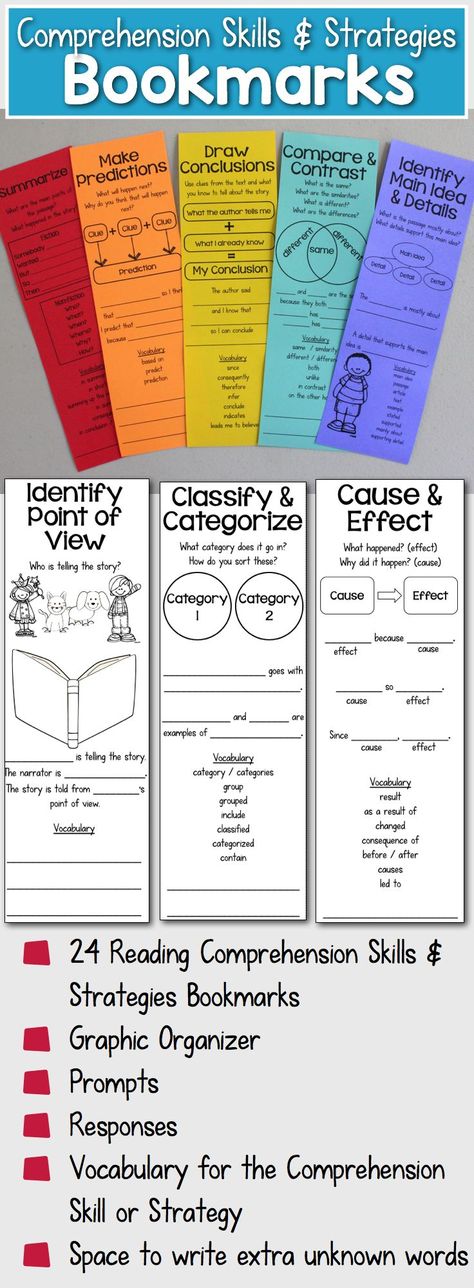 Students process reading materials and curriculum in completely different ways. As the teacher completes reading assignments to help your class learn difficult material, you will learn what works best for each individual student. By incorporating more reading activities into curricula, students will find improvements in vocabulary, writing skills, problem solving, concentration, and cognitive development to help build a solid foundation for future learning.
Students process reading materials and curriculum in completely different ways. As the teacher completes reading assignments to help your class learn difficult material, you will learn what works best for each individual student. By incorporating more reading activities into curricula, students will find improvements in vocabulary, writing skills, problem solving, concentration, and cognitive development to help build a solid foundation for future learning.
This article emphasizes the idea that many strategies influence processes of understanding. All of these strategies work together to create a meaningful process easily and effectively. Based on the results of this study, it is concluded that reading materials and tasks should be very attractive to students so that they can easily understand the text, and they should be related to the level of students' proficiency. Teachers have a great responsibility to motivate their students to read these materials, they must be very sensitive to their students' understanding difficulties and must help their students change their outlook on reading and have a positive attitude towards their reading activities so they can do better.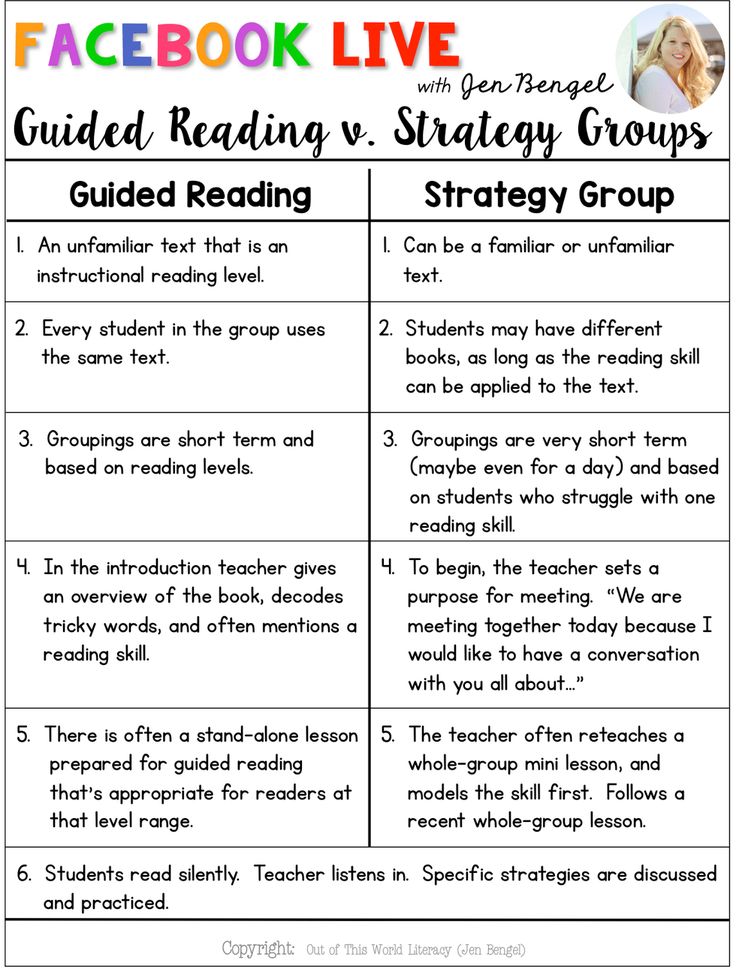 understand different texts.
understand different texts.
See also
References
- McNamara, D.S., & Magliano, J. P. (2009). Towards a comprehensive model of understanding. In B. Rose (Ed.), The psychology of learning and motivation (pp.297-384). New York, NY: Academic Press.
- Duke, N. (2003). Comprehension instruction for informational text. Presentation at the annual meeting of the Michigan Reading Association, Grand Rapids, MI.
- Hedge (2003) Reciprocal Teaching Strategies and Their Impacts on English Reading Comprehension. Theory and Practice in Language Studies
- Hafiz and Tudor (1989) Intensive Reading English Teaching Professional, 28.40-48. Cambridge: Cambridge University Press.
- Day and Bamford (2009). Teaching reading comprehension to EFL. The Reading Matrix, 143-154. Retrieved from http://www.readingmatrix.com/articles/alyousef/article.pdf
- Carrell (2012) A schema-theoretic view of basic processes in reading.
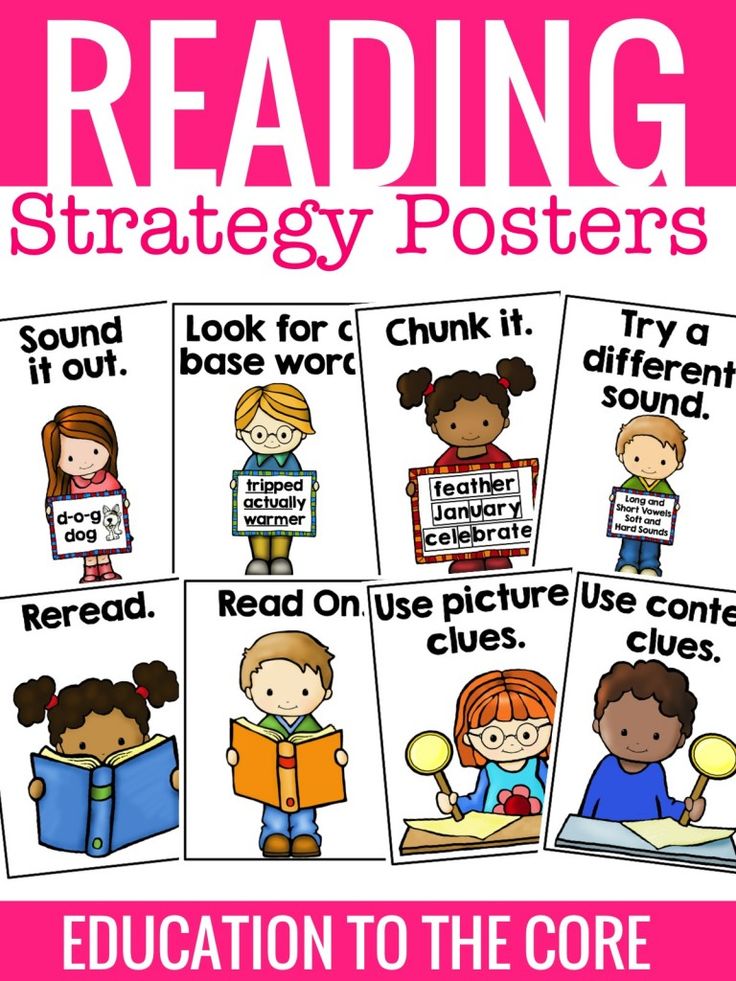 Handbook of reading research (pp. 255–292). New York: Longman.
Handbook of reading research (pp. 255–292). New York: Longman.
Quote
Tursunova, D.Sh. Strategies for developing reading skills / D.Sh. Tursunov. - Text: electronic // NovaInfo, 2020. - No. 112. - P. 41-42. — URL: https://novainfo.ru/article/17563 (date of access: 10/31/2022).
Share
5 Effective Strategies for Teaching Reading
5 Effective Strategies for Teaching ReadingOnline store of wooden toys
The ability to read is essential for success in school. Students should be able to carefully read, comment and understand assignments and texts in all subjects.
After reviewing the archives and reviewing research findings, we have come up with a list of strategies that will help develop strong reading skills and confidence in all students, including those who are struggling.
CHOIR READING AND/OR READING WITH A PARTNER
Poor fluency and simulated pronunciation simply won't help students, and asking them to take turns reading aloud in front of the class can stigmatize readers who are having difficulty.
Choral reading - when the teacher and the class read the text aloud together - diverts the attention of struggling readers and encourages them to participate. Research shows that it improves reading fluency, expands vocabulary, and boosts students' confidence.
Reading with a partner is another research-based strategy. A pair of students alternately read the text aloud and then assume the role of a listener. The listener asks follow-up questions to make sure the reader understands the text. If the stronger reader goes first, it helps readers who are having trouble because they hear difficult words before they read them themselves. According to research, this form of peer review and questioning improves reading fluency.
MULTI-CLASS READING
High school and junior high school students reading together provides academic, social and emotional benefits that are two-way. Young children see higher reading fluency modeled and benefit from the individualized attention of mentoring; high school students learn by answering questions and develop important skills such as empathy and patience. Also, for older children who find it difficult to read at their grade level, this experience allows them to access simpler texts without shame - and at the same time boost their confidence by taking on a leadership role.
Also, for older children who find it difficult to read at their grade level, this experience allows them to access simpler texts without shame - and at the same time boost their confidence by taking on a leadership role.
Let younger students choose books first to increase their interest; Later, ask high school students to share their favorite books. As skills develop, younger children can also begin to read and not just listen.
READING WITH AUDIBOOKS
Listening to an audiobook while reading is a great approach - at least intermittently - for all students, but it has particular benefits for struggling readers and students with dyslexia. In a 2010 study, dyslexic students who listened to audiobooks showed significant improvements in reading accuracy, improved behavior and school performance, and greater motivation and involvement in school.
While reading aloud is an effective strategy to support students with dyslexia, it does not replace explicit phonics-based step-by-step learning, also known as structured literacy, which remains one of the most effective reading strategies for students with this condition.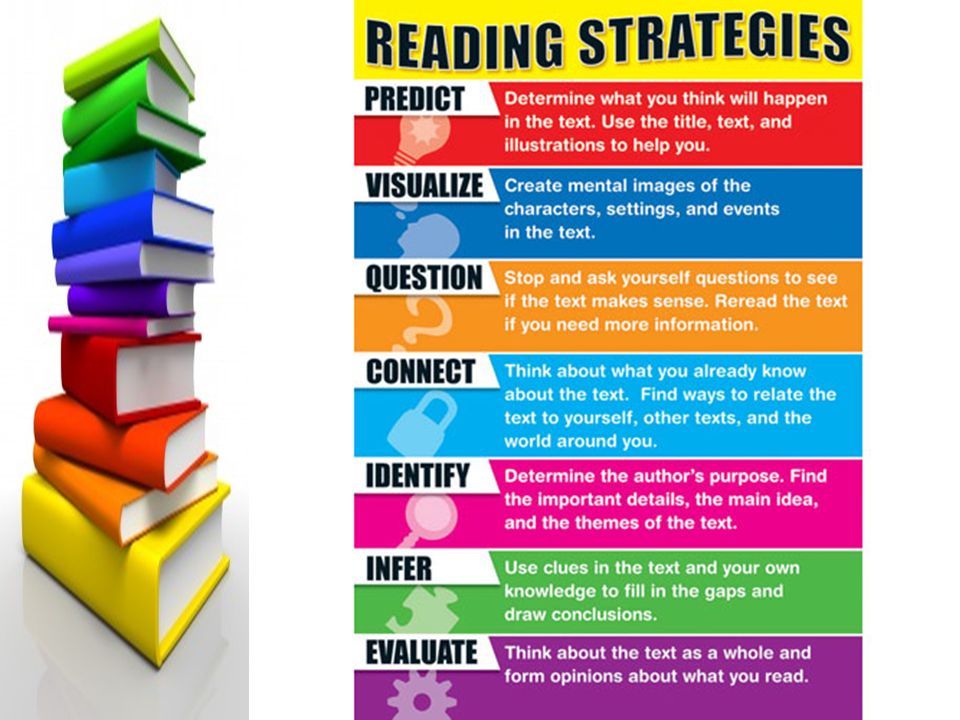 Structured literacy focuses on teaching phonemic and phonological awareness, among other skills such as coding and comprehension.
Structured literacy focuses on teaching phonemic and phonological awareness, among other skills such as coding and comprehension.
GIVE A CHOICE OF BOOKS TO STUDENTS
Giving students the opportunity to choose what they read and offering options that reflect their experiences increases their engagement. Giving students a choice doesn't mean lowering your expectations. Yes, kids can choose books that are easy for them, but you can influence that. Offer options that are more complex, but at the same time, meet their interests.
When it comes to keeping your bookshelves full of stories your students will be interested in, having a varied classroom library is essential. Asking your students what books they want to read and what categories they are interested in is a good start.
READING THE SAME TEXT MULTIPLE TIMES IN MULTIPLE MODES
At Concourse Village Elementary School in New York City, the school outperforms the citywide average as part of a schoolwide, interdisciplinary approach to reading that emphasizes repeated exposure to the same text by as much as 40 points in the English exam.